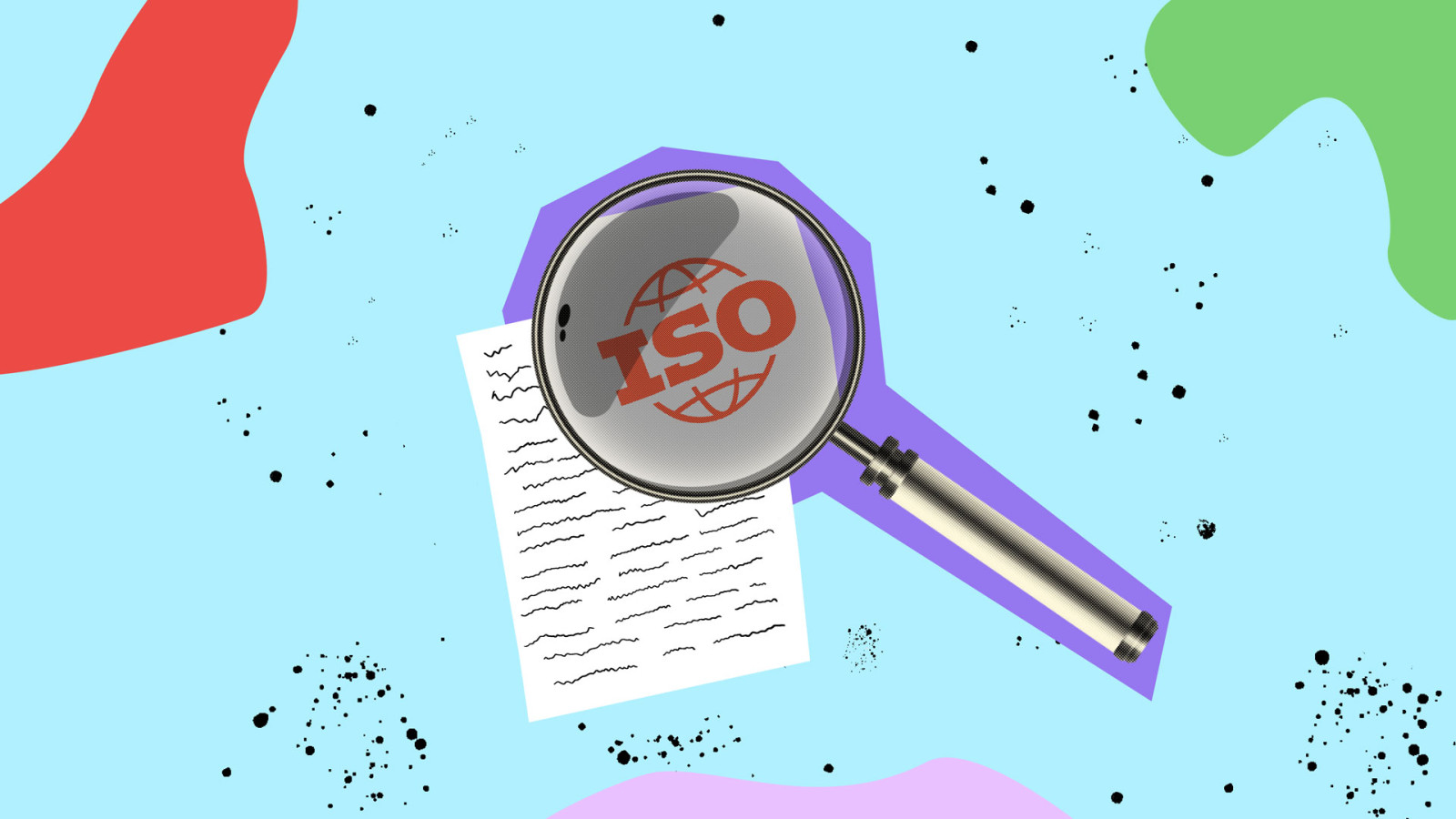How creative content changed the strategic report
Published Jul 19, 2024 – By Andrew Strange

It was the phrase “no fish, no fish fingers” that first helped us to realise that large corporates were really beginning to value transparency. It was used in the early 2000s by a large food producer in meetings that boiled down the business case for its leading sustainability position, and it sticks in the mind.
This phrase was at the heart of an important corporate story that explained the strategic plan. It was a story in which the fish were the heroes and greed was the villain in a plot centred around over-fishing. It made clear that greed must be defeated, and sustainability achieved, if the company’s story was to end well.
Every company has a story like this and whether the villain is unsustainable practices, poor market conditions or aggressive competitors, you’ll find it told in the strategic report. That’s the section of the annual report where the business model, values and culture combine to bring the company’s performance and strategy to life.
The rise of storytelling
We’ve been writing and designing annual reports for well over 20 years for organisations from the World Economic Forum to companies from the finance, consumer goods, oil and gas and recycling sectors. We even produced a series of reports for Russian companies listing on the London Stock Exchange during a time of less geopolitical tension.
During those two decades, the importance of the strategic report has increased. Even back then, although strategic reporting was much drier and hard to reconcile with the world of journalism that Wardour emerged from, where brevity, clarity and simple language were held in high regard, things were beginning to change.
Today, strategic reports have become essential. Stakeholders want to know much more than just numbers. They want to know about culture, values, environmental performance and how a company’s activities benefit society. These are things companies want their stakeholders to know too, and so creativity and storytelling have taken their rightful place at the heart of corporate culture.
While annual reports have always showcased often dry information such as financial performance, regulatory compliance and governance structures that only the most intrepid analysts will read in detail, the strategic report illuminates the story behind the numbers. And it is becoming ever more creative, to meet the needs of new formats and platforms.
How creativity exploded
When we wrote our first reports, publishing them online wasn’t even considered. In fact, printed reports are still important to many organisations, but they are much clearer and easier to understand today, providing far greater insight. Stakeholders have become increasingly used to finding all the information they need at their fingertips and have simply stopped accepting a lack of clarity. Blurring the issue and fudging the strategy simply won’t cut the mustard today.
The evolution of strategic reporting began with creatively designed diagrams to explain complex activities and strategies – the business model. These days almost every report includes such diagrams, which have been developed by creatives working in close cooperation with businessmen and women. There are almost always key performance indicators (KPIs) and pages that set out exactly what the company said it would do last year, and what it actually achieved.
These approaches in print have been replicated online, but the digital arena has presented companies with an opportunity to turn creativity up to the max to highlight their strategic goals. We’ve been helping them do so, with projects in recent years including interactive videos for Legal & General, an interactive map for an international recruitment company and an award-winning 3D animated globe for waste-to-product company Renewi.
Interactive videos
The rise of video online has been stunning in recent years. We often produce corporate videos of all kinds and over the past couple of years we’ve worked on interactive videos for Legal & General’s online annual report pages, which summarise the company’s activities throughout the year and enhance corporate reporting.
Interactive videos allow visitors to click on specific sections, providing clarity around the company’s operations over the previous financial year, focusing on important topics such as climate impacts and human stories. What’s particularly interesting in this new online approach is that it allows the viewer to cut through the noise and choose exactly what they want to watch. It is the latest move towards greater transparency.
Interactive maps
We’ve also begun to produce interactive maps that allow visitors to click on specific regions to find out more about a company’s activities all over the world. Such maps are becoming increasingly popular online and are a very visual way for international companies to explain how their performance or activities differ around the world. They can show the regional details of corporate financial results, each specific regional initiative, or the objectives for a country.
And, while you can click on these maps to focus on a specific region, they can often be set to scroll from one region to another, telling the whole story in the order that best explains the company's progress.
Animated images
We are particularly proud of a stunning globe that we created for Renewi, who recycle 8.4 million tonnes of material each year and wanted a very visual way of supporting its narrative reporting. The globe was designed for the company’s 2022 annual report and perfectly encompassed the idea of the circular economy. It was used in print and animated online and shows how images can be employed in the strategy report to sum up a company’s mission.
Simple, powerful photography
Photography also plays an important role in the strategic report, but deciding on an intelligent approach that tells the story can be challenging. For another Renewi report, we made secondary materials the hero of the report by using bespoke photography to showcase the end products the company produces as beautiful, environmentally significant materials.
The photography was dispersed throughout the report and included the variety of materials the company manufactures, from glass powder to compost, sand, gravel and wood. Each product was identified as being important within the circular economy – a theme that was seen as central by the business and which was intertwined in the text of the CEO’s and Chairman’s statements.
In summary, to effectively tell your company's story in a strategic report, you should:
- Understand your audience: Before writing your strategic report, understand who will be reading it. Tailor your messaging to resonate with investors, analysts, employees, customers and other stakeholders.
- Define your narrative: Decide on the central theme or message you want to convey through your report. This could be your company's commitment to sustainability, innovation, or community impact, for example.
- Use visuals strategically: Incorporate high-quality images, infographics and diagrams to visually represent key points and data. Visual elements can enhance understanding and engagement with your report.
- Highlight Key Performance Indicators (KPIs): Clearly outline your company's KPIs related to financial performance, sustainability, social impact and other relevant metrics. Use visuals and concise language to make these KPIs easily digestible.
- Ensure clarity and simplicity: Keep your language simple and direct, avoiding jargon or overly technical terms. Your strategic report should be easy to understand for a wide audience.
- Incorporate interactive elements: Consider adding interactive elements such as videos, clickable maps or interactive infographics to enhance engagement with your report online. These interactive features can bring your story to life and provide a dynamic user experience.
- Reinforce your company's purpose: Throughout the report, consistently reinforce your company's mission, values, and overarching purpose. This helps create a cohesive narrative and reinforces your brand identity.
By following these steps, you can effectively tell your company's story in a strategic report, showcasing its achievements, values and vision for the future in a compelling and engaging way that provides the all-important context to your financial statements.
Stay ahead of the curve
Sign up to our emails

